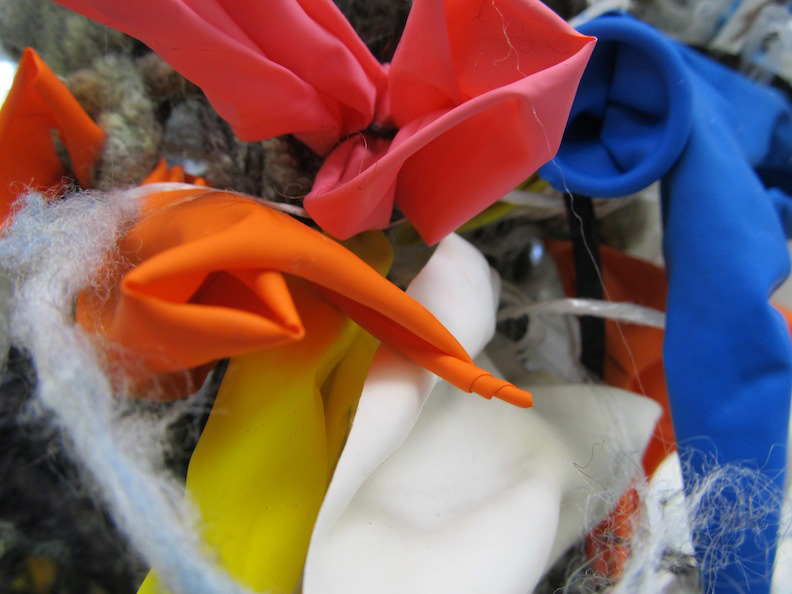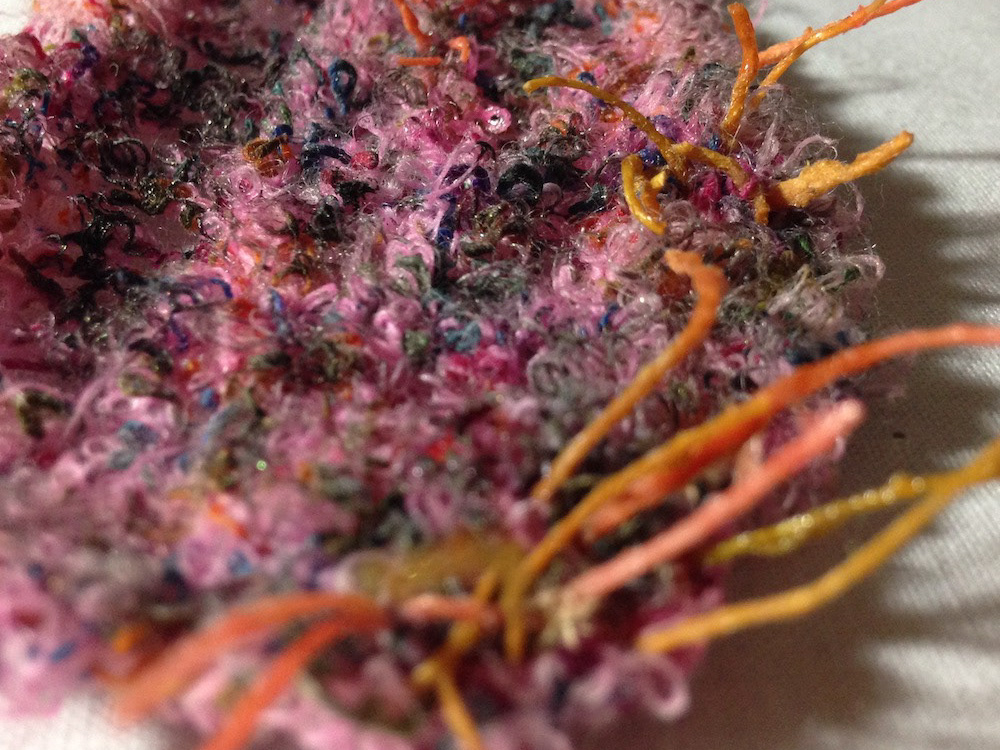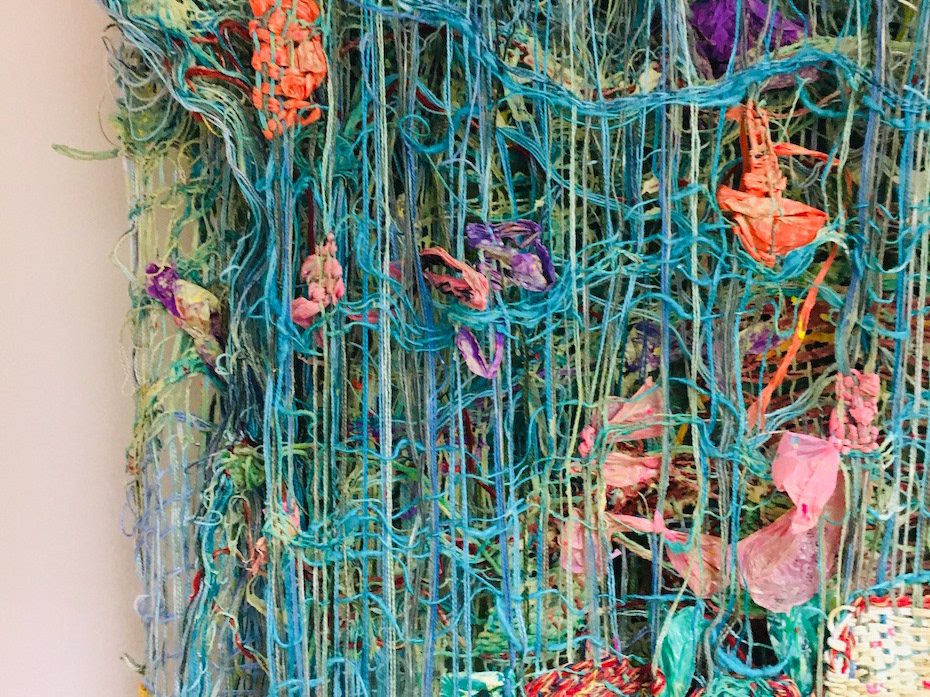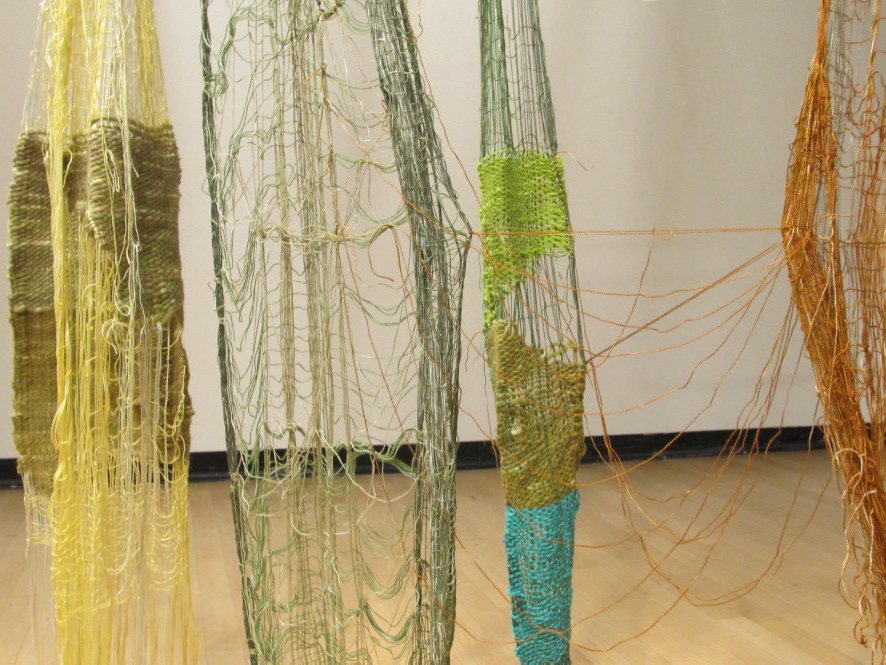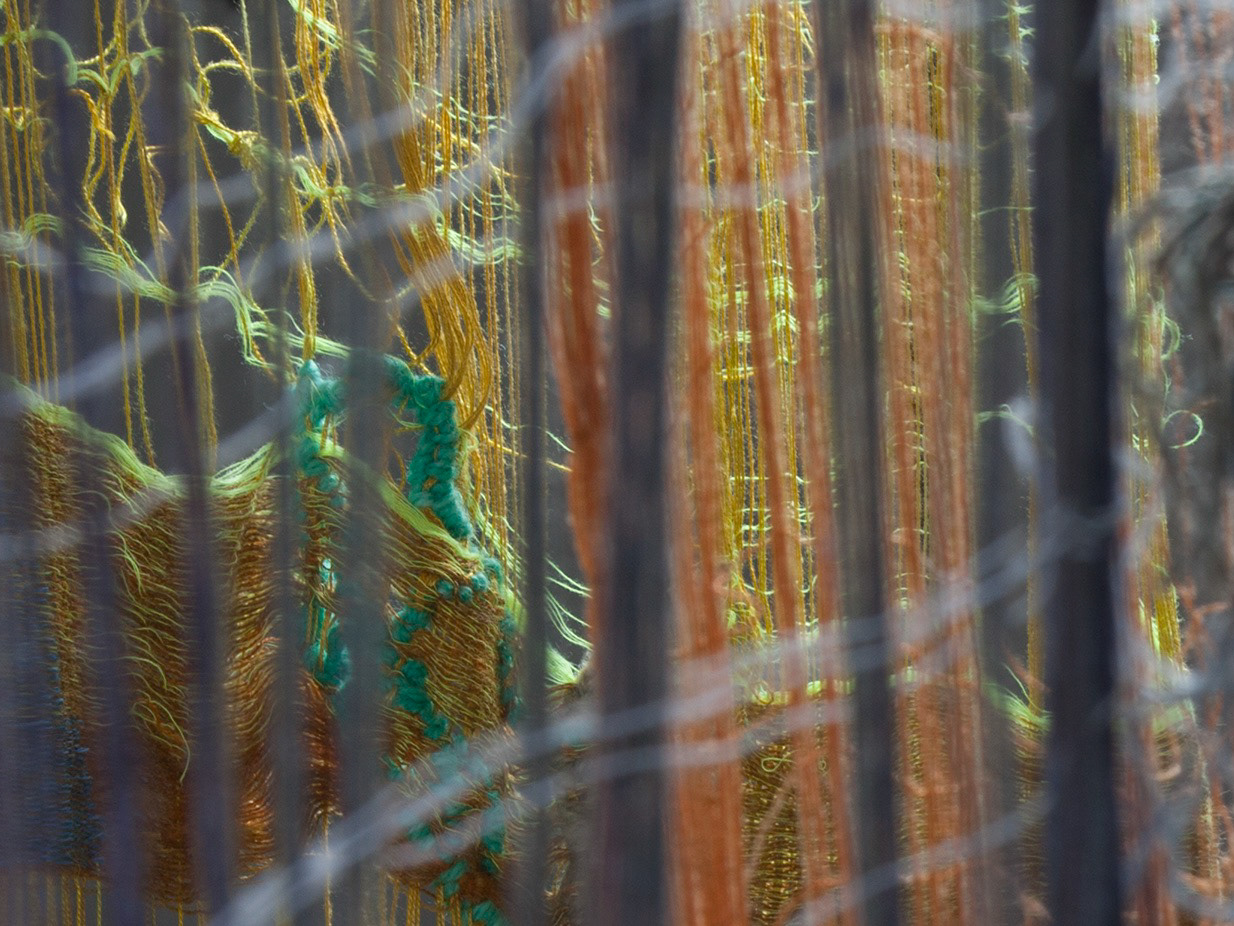Gulf of Mexico 2050
2023
hemp & cotton yarn, Tencel yarn (a brand/type of lyocell),
fiber reactive dye, projection climate data
16 x 23 inches
Yellow Sea and East China Sea 2050
2023
hemp & cotton yarn, Tencel yarn (a brand/type of lyocell),
fiber reactive dye, projection climate data
20 x 10 inches
Netherlands 2050
2023
hemp & cotton yarn, Tencel yarn (a brand/type of lyocell),
fiber reactive dye, projection climate data
11 x 12 inches
Bangladesh 2050
2023
hemp & cotton yarn, Tencel yarn (a brand/type of lyocell),
fiber reactive dye, projection climate data
7 x 13 inches
The Bahamas 2050
2023
hemp & cotton yarn, Tencel yarn (a brand/type of lyocell),
fiber reactive dye, projection climate data
16 x 7 inches
Houston, Texas 2050
2021
alpaca yarn, Tencel yarn (a brand/type of lyocell),
hemp & cotton yarn fiber reactive dye,
projection climate data
5 x 7 inches
Belmont Shore, California, 2050
2021
raw silk yarn, Tencel yarn (a brand/type of lyocell),
hemp & cotton yarn, cotton yarn, fiber reactive dye,
projection climate data
4.5 x 7 inches
Paradise Run, Florida, 2050
2021
Tencel yarn (a brand/type of lyocell),
hemp & cotton yarn, cotton yarn, fiber reactive dye,
projection climate data
7 x 4 inches
These are small knitted works based on maps predicting sea-level rise if we don’t stay below a two-degree celsius rise. Many countries are setting their climate action goals using an older standard set by the Paris Climate Agreement, 2050. However, numerous global environmental studies have agreed real climate change policies need to be made by 2030 to make a real difference.
